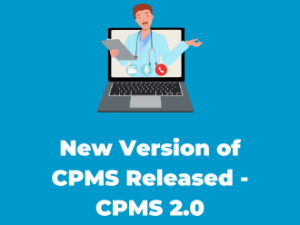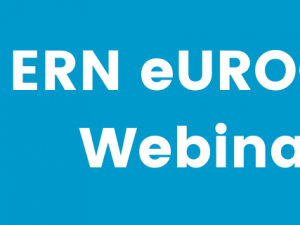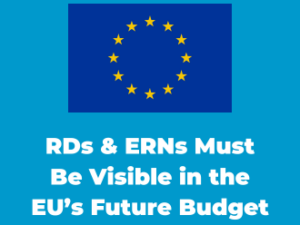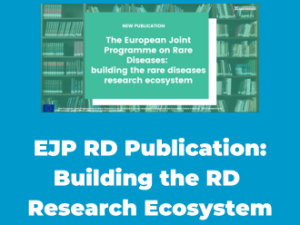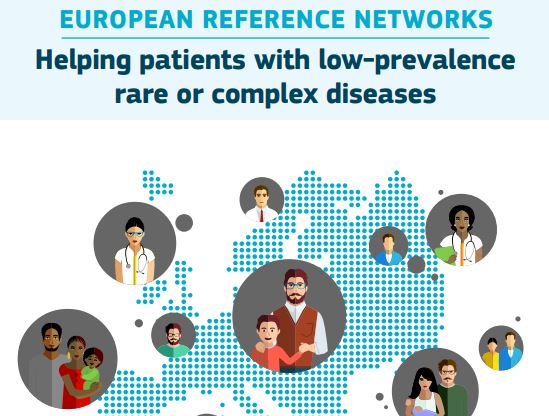
Serena Bartezzati (eUROGEN EPAG representative) attended the conference in Brussels from 21-22 November and has kindly provided us with a patient’s perspective both on the meeting and on the progress of the ERNs to-date.
“The ERN conference held from 21-22 November was a milestone for the ERN community; the networks are leaving the deployment stage, where establishment of the ERNS, initial organization and functioning, as well as partial service production, started. In 2019-20 the consolidation phase will begin, followed by the monitoring and assessment phase.
The results since kick-off in Vilnius, in March 2017, are encouraging, with over 250 patients directly benefitting from virtual consultations through the Clinical Patient Management System (CPMS). As patients, we must remember that ERNs are virtual networks that use a bespoke IT platform and telemedicine tools to review patient cases in order to ensure, where possible, that information travels rather than the patient – and that they are not an immediate solution to all problems.
Over 400 participants (including ERN coordinators, clinicians and patients) attended two full days of presentations and debate, driven by plenary sessions and eight parallel workshops, which were also available via online streaming. Delegates took advantage of networking opportunities throughout the conference.
The overall idea is that the ERNs are a soft revolution in medical systems and provide a network of ‘Best Practices’ that encourage cooperation between Member States; an essential element for better cures and better quality of life for patients with rare and complex diseases in Europe. The challenges are many: to have a European level Negotiation on the prices for Orphan Drugs and for Reimbursement; to integrate ERNs in National Health Systems; Sustainability, as to date most of the work finalized by the ERNs has been voluntary. The EU is doing its part in terms of financial support, but the Member States must do theirs as well. On this note, it is important to emphasize the example brought up by ERKNet (kidney ERN) that the mishandling of one tumour in this field can cost up to 16 million euro.
As an ePAG representative, I must say that I felt that the conference participants were the “aristocrats” of the ERNs. We have learned to communicate in the same language; we share the same aims and the same dreams; our biggest challenge is to open the doors to rest of the community through information and communication, adjusted to each Member State’s environment, and to encourage patients and PO’s to step in with hope and faith.
One sore point is the use of terms such as “enrol” and “cohorts” when talking about patients in research, even in this context. These are military terms that imply total submission and an obedience to hierarchy and orders. There is no sense of collaboration here. Words are important; they have a meaning. If we do not start changing these to “involve” and “groups”, or similar, I think the idea of collaboration between clinicians and patients will be based on an unstable foundation.
I must say that it has been a very exciting venture, with much homework set for both patients and clinicians, but where the energy and the power of conviction could be felt at all levels. “Coordination, cooperation and collaboration are the keys to tackling the challenges that we will have to face in the next year that stretches before us.”

